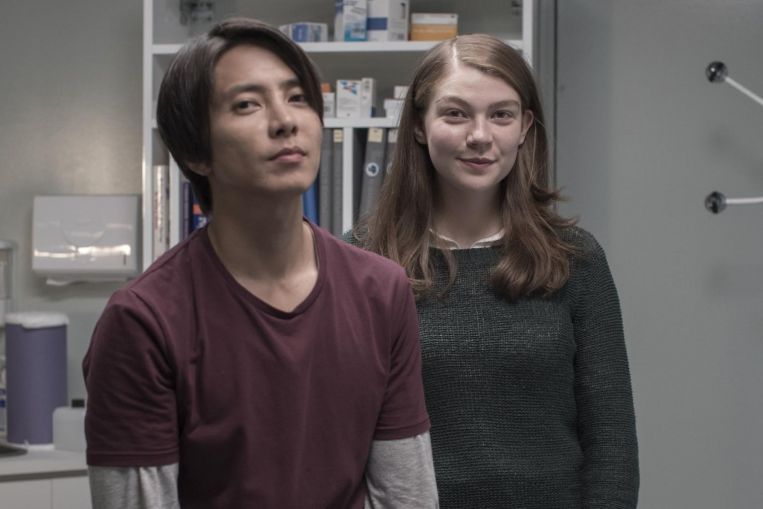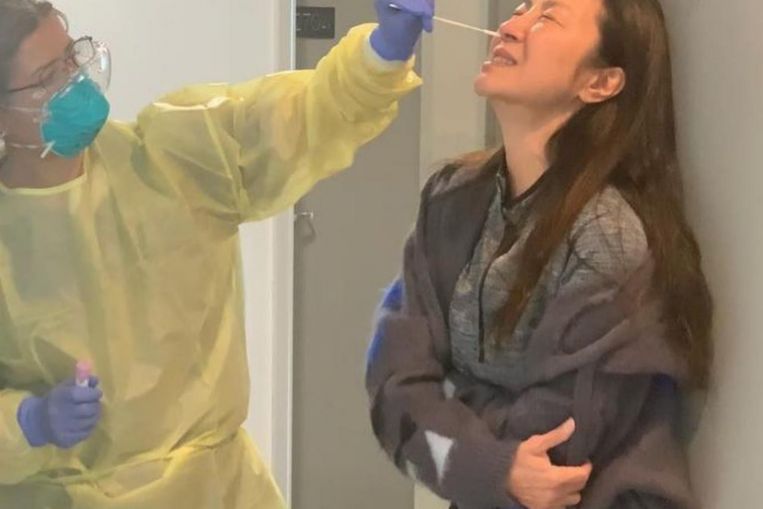NeweuropeWith Italys lockdown now well into its second month and with more than 22,000 dead nation-wide, New Europes Federico Grandesso spoke with Andrea Vianello, the Director of the Respiratory Pathophysiology and Intensive Care Division at the University-City Hospital of Padova about how the medical facility treated its COVID-19 patients and which drugs are currently undergoing medical trials. Padova is the regional hub for COVID-19 patients and the Veneto, itself, leads Italy with more than 220,000 tests having been done in the region.
Andrea Vianello (AV): Our treatment plan for COVID-19 patients is structured around three separate levels: the common infectious disease wards, the general intensive care; and, in the middle, a department called respiratory sub-intensive. This section is a sort of crawlspace in order to avoid and reduce the number of patients who end up in intensive care and, on the other side, to host former intensive care patients that still have not recovered enough to access to common hospital wards. When our patients arrive, we use all invasive or lightly-invasive treatments in order to support their breathing and avoid the possibility of performing other invasive procedures. This approach is called “a bridge to recovery”. It was applied through an instrumental and pharmacological procedure where we have several medical devices capable of giving oxygen and ventilation to the patient in a non-invasive way. In regards to certain types of medicines, considering the particular types of patients that we have the best solution, in this case, is to use Tocilizumab. This drug is not an anti-viral, which requires a lot of time to take effect. It acts immediately and blocks acute inflammation.
NE: Which drugs are you experimenting with at the moment?
AV: We are busy with the experimentation of Tocilizumab and our opinion is so far good. We are also starting to try to use the serum from recovered patients. There is some hope with, but for the moment we cant say anything about the outcome. After that, we are experimenting with the use of Cortisone. There is a debate between experts, with some saying it is extremely useful, while others say it isnt. Padova has been involved in the trials for Remdesivir, which is another anti-viral drug, and has the back of President Trump.
NE: Can you comment about the results of these test treatments as they pertain to COVID-19 patients?
AV: For those treated in Padova, the results were quite positive. In our department, we are seeing very good results. We treated between 60 and 70 patients and we only had 5 or 6 patients who were transferred to intensive care. At the moment, we are seeing a decrease in the number of hospitalisations for all COVID-19 cases. Six days ago, the lack of free beds was an issue. Now all the involved wards have available beds and my impression is that theres a rapid decrease in the number of cases, the speed of which we didnt expect. We have fewer patients now and the new ones that come in are less acute. Most of our patients now are elderly. Its been some time since weve had someone from the 40-50 age group.
AV: With the results that we have at the moment, and if everybody respects the protection measures (masks, gloves, social distancing), I can say that this is a very feasible scenario, but if the population fails to respect the rules, then that possibility will not be an option.
NE: Can you comment about the future strategy for your department?
AV: Weve very quickly upgraded the number of devices that we have on hand. Under normal conditions, we usually have four beds, now weve added 18 new beds. The main issue now is that we have to keep them for future emergencies. Even if the situation is going to improve, I think we will continue to have COVID-19 patients for a long time. We cant dismantle the system we now have with the possibility that in October we might have some more problems. After that, I can say that in Veneto and in Padova, we were able to contain the virus. Of course, we had difficulties and casualties, but if we compare the situation here to other areas in Italy, it is a fact that the emergency with the crisis had a much smaller impact here.










